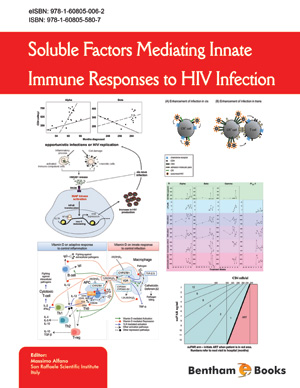Abstract
CD8 antiviral activity is a subject of intense studies. Two very critical anti-viral arms of HIVspecific CD8+ T cells (cytolytic and non-cytolytic) have been shown to play a significant role in protection against HIV and appear to associate with asymptomatic survival and slower disease progression. The cytotoxic CD8+ T cells (CTL) recognize and eliminate HIV-infected cells displaying MHC class-I proteins. Along with recognition and elimination of HIV-infected cells, CD8+ T cells potentially influence various stages in HIV life cycle. For instance the chemokines produced by CD8+ T cells block the entry of the virus into T cells and macrophages. The activated CD8+ T cells also produce soluble factors that act at the transcriptional level. In contrast, the non-cytolytic CD8+T cells from HIV+ individuals suppress virus replication in CD4+ T cells in vitro, involving interplay of soluble factors such as chemokines and other antiviral factors such as unidentified soluble CD8 Antiviral Factor (CAF), urokinase-type plasminogen activator (uPA) and antiviral membrane-bound factor. In light of these factors, it is clear that the cell-mediated immune responses are critical in controlling HIV replication in vivo. Although the constituents of antiviral activity of CD8+ T cells remain largely elusive, the restoration of this activity during Highly Active Antiretroviral Therapy (HAART) and IL-2 treatment confers significant improvement in antiviral activity. The aim of this chapter is to provide a comprehensive and unbiased snapshot of antiviral potential of these cells and mechanisms involved in conferring this protective activity in HIV+ individuals and its overall relevance in HIV disease.






















